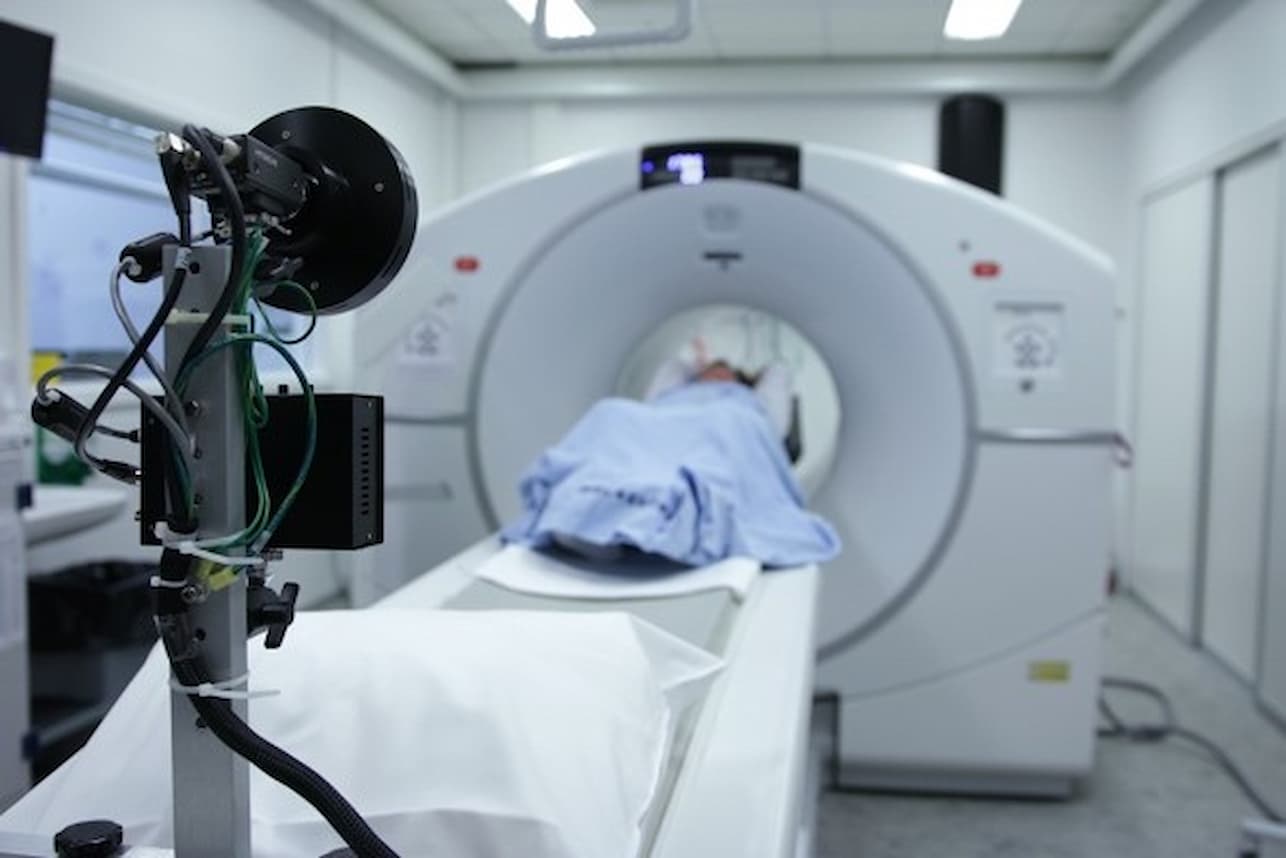News
Department of Health Systems, Management & Policy
Loading items....
Study links disparities in diagnostic imaging to lower lung cancer survival rates among minority patients
Mar 5, 2020
A CT of the chest and upper abdomen with contrast is currently recommended practice for initial evaluation of non-small cell lung cancer. Stage I to Stage IV patients are then recommended to get a 18F-fludeoxyglucose positron emission tomography (PET) with computerized tomography (CT) imaging. A robust body of research supports the use and role of PET in both the staging and management of lung cancer patients. However, differences in patterns of its use among different populations have not been examined. A recent study by the Colorado School of Public Health evaluates the differences between initial imaging and survival among Black, Hispanic, and non-Hispanic white populations.
Initial imaging modality for lung cancer patients was compared using the linked Surveillance, Epidemiology, and End Results-Medicare database from 2007 to 2015. Participants included over 33,000 Medicare fee-for-service enrollees who were 66 years of age or older and diagnosed with lung cancer. Differences in the use of PET and CT scans between Black, Hispanic, and non-Hispanic white populations were examined. The 12-month cancer-specific survival among the patients was also studied.
Public health impact
The study by Cathy J. Bradley, with colleagues from the University of Colorado School of Medicine, found that Black patients were less likely to receive PET or CT imaging at diagnosis and that Hispanic patients were less likely to undergo PET with CT imaging than non-Hispanic whites. PET with CT imaging was associated with improved survival of lung cancer. Equal use of PET with CT imaging across racial and ethnic groups may reduce disparities in survival. Studies aimed at understanding the underlying reasons for disparities and approaches to ameliorate differences in diagnostic and treatment are important next steps.
This story was written by Michelle Kuba for ColoradoSPH.
Categories:
Colorado School of Public Health
Department of Health Systems, Management & Policy
|
Tags:
ColoradoSPH Research News


